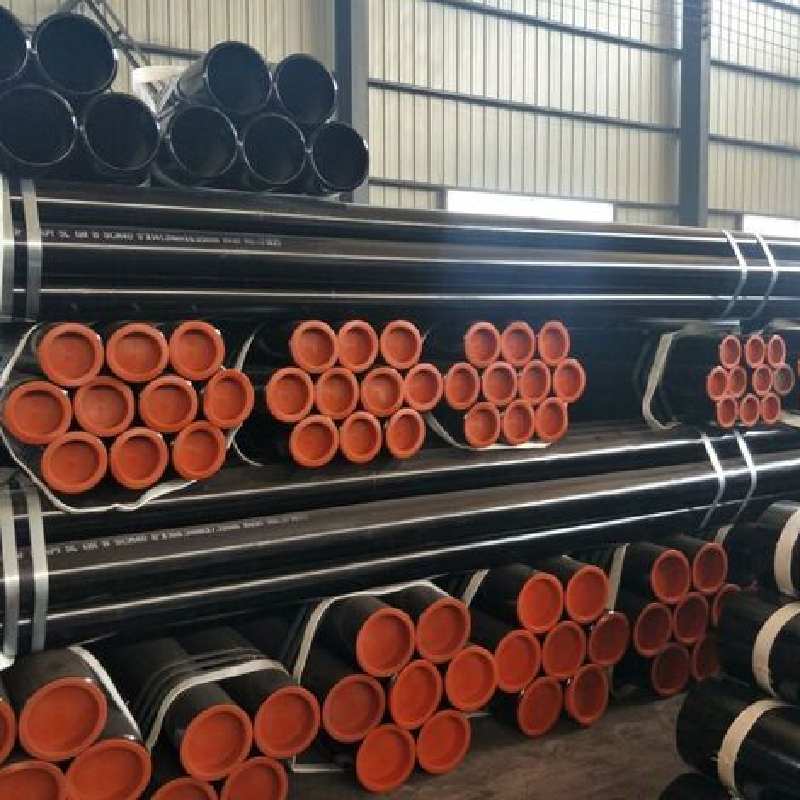-
Cangzhou Yulong Steel Co., Ltd.
-
Phone:
+86 13303177267 -
Email:
admin@ylsteelfittings.com
- English
- Arabic
- Italian
- Spanish
- Portuguese
- German
- kazakh
- Persian
- Greek
- French
- Russian
- Polish
- Thai
- Indonesian
- Vietnamese
- Zulu
- Korean
- Uzbek
- Hindi
- Serbian
- Malay
- Ukrainian
- Gujarati
- Haitian Creole
- hausa
- hawaiian
- Hebrew
- Miao
- Hungarian
- Icelandic
- igbo
- irish
- Japanese
- Javanese
- Kannada
- Khmer
- Rwandese
- Afrikaans
- Albanian
- Amharic
- Armenian
- Azerbaijani
- Basque
- Belarusian
- Bengali
- Bosnian
- Bulgarian
- Catalan
- Cebuano
- China
- China (Taiwan)
- Corsican
- Croatian
- Czech
- Danish
- Esperanto
- Estonian
- Finnish
- Frisian
- Galician
- Georgian
- Kurdish
- Kyrgyz
- Lao
- Latin
- Latvian
- Lithuanian
- Luxembourgish
- Macedonian
- Malgashi
- Malayalam
- Maltese
- Maori
- Marathi
- Mongolian
- Myanmar
- Nepali
- Norwegian
- Norwegian
- Occitan
- Pashto
- Dutch
- Punjabi
- Romanian
- Samoan
- Scottish Gaelic
- Sesotho
- Shona
- Sindhi
- Sinhala
- Slovak
- Slovenian
- Somali
- Sundanese
- Swahili
- Swedish
- Tagalog
- Tajik
- Tamil
- Tatar
- Telugu
- Turkish
- Turkmen
- Urdu
- Uighur
- Welsh
- Bantu
- Yiddish
- Yoruba

Nov . 14, 2024 01:05 Back to list
api 5l seamless pipe
Understanding API 5L Seamless Pipe Specifications and Applications
API 5L seamless pipes are an integral part of the oil and gas industry, as well as various other sectors that require reliable and robust piping solutions. The American Petroleum Institute (API) developed the API 5L specification to standardize the characteristics of line pipes used in the transportation of oil and gas. This article will delve into the specifications, manufacturing processes, and applications of API 5L seamless pipes.
What is API 5L Seamless Pipe?
API 5L seamless pipes are produced from a solid round steel billet, which is heated and then pierced to create a hollow tube. The process of seamless pipe manufacturing ensures that the final product has no seams or welds, which contributes to its superior strength and resistance to pressure. This is particularly important in applications such as oil and gas pipelines where the transportation of fluids occurs under high pressure.
Grades and Specifications
API 5L pipes are classified into different grades based on their tensile strength and yield strength. The most common grades include
- API 5L Grade B Commonly used for transporting gas, water, and oil in both the oil and gas industries. - API 5L X42, X52, X56, X60, X65, and X70 These grades denote higher strength levels, with X70 being the highest in this series. The number indicates the yield strength in thousands of pounds per square inch, providing critical information for engineers and pipeline designers.
The API 5L specification not only addresses these grades but also provides additional requirements regarding mechanical properties, chemical composition, and manufacturing processes.
Manufacturing Process
The manufacturing of API 5L seamless pipes typically involves several key steps
1. Heating the Billet The steel billet is heated to a temperature above its recrystallization temperature to enhance its malleability. 2. Piercing A piercing rod is inserted into the heated billet to create a hollow cylindrical shape, which is essential for the seamless pipe.
api 5l seamless pipe

3. Elongating and Reducing The hollow pipe undergoes elongation and reduction processes to achieve the desired diameter and wall thickness. This process can involve multiple passes through a series of rollers.
4. Heat Treatment To ensure that the pipe meets the required mechanical properties, heat treatment processes such as annealing or normalizing might be applied.
5. Testing and Inspection Each pipe is subjected to rigorous testing to check for defects and to ensure compliance with API standards. This may include non-destructive testing techniques, pressure testing, and dimensional inspection.
Applications of API 5L Seamless Pipe
API 5L seamless pipes are widely used in various industries, including
- Oil and Gas These pipes are primarily used for the transportation of natural gas, crude oil, and water in pipelines. Their resistance to pressures and ability to handle corrosive substances makes them ideal for this sector.
- Water Transportation In addition to oil and gas, API 5L pipes are also utilized in water transportation systems, providing a safe and effective means of delivering water over long distances.
- Construction and Structural Applications The high strength-to-weight ratio of these pipes makes them suitable for various structural applications in construction.
- Manufacturing and Engineering They are used in manufacturing machinery and equipment due to their durability and reliability.
Conclusion
API 5L seamless pipes represent an essential component in various industries due to their strength, versatility, and reliability. The standardized specifications provided by the API ensure that these pipes meet stringent safety and performance requirements, making them the preferred choice for engineers and industry professionals. As industries continue to evolve, the demand for high-quality seamless pipes like those compliant with API 5L will undoubtedly remain critical to the efficacy of pipeline transportation systems around the world. Understanding these standards and processes can help stakeholders make informed decisions, ensuring safe and efficient operations in their projects.
Latest news
-
ANSI 150P SS304 SO FLANGE
NewsFeb.14,2025
-
ASTM A333GR6 STEEL PIPE
NewsJan.20,2025
-
ANSI B16.5 WELDING NECK FLANGE
NewsJan.15,2026
-
ANSI B16.5 SLIP-ON FLANGE
NewsApr.19,2024
-
SABS 1123 FLANGE
NewsJan.15,2025
-
DIN86044 PLATE FLANGE
NewsApr.19,2024
-
DIN2527 BLIND FLANGE
NewsApr.12,2024
-
JIS B2311 Butt-Welding Fittings LR/SR 45°/90° /180°Seamless/Weld
NewsApr.23,2024











